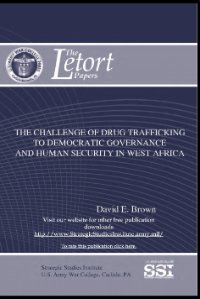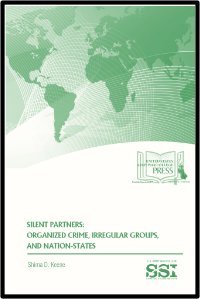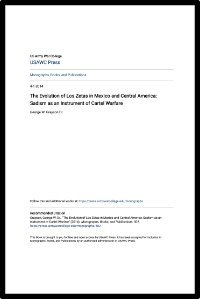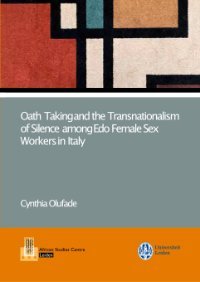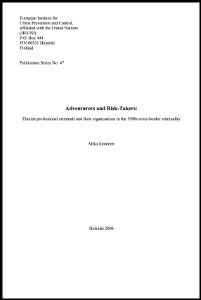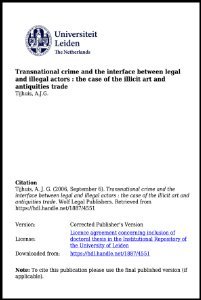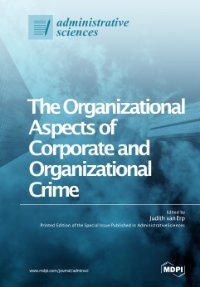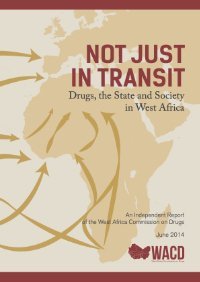By David E. Brown.
International criminal networks mainly from Latin America and Africa—some with links to terrorism—are turning West Africa into a key global hub for the distribution, wholesaling, and production of illicit drugs. These groups represent an existential threat to democratic governance of already fragile states in the subregion because they are using narco-corruption to stage coups d’état, hijack elections, and co-opt or buy political power. Besides a spike in drug-related crime, narcotics trafficking is also fraying West Africa’s traditional social fabric and creating a public health crisis, with hundreds of thousands of new drug addicts. While the inflow of drug money may seem economically beneficial to West Africa in the short-term, investors will be less inclined to do business in the long-term if the subregion is unstable. On net, drug trafficking and other illicit trade represent the most serious challenge to human security in the region since resource conflicts rocked several West African countries in the early 1990s. International aid to West Africa’s “war on drugs” is only in an initial stage; progress will be have to be measured in decades or even generations, not years and also unfold in parallel with creating alternative sustainable livelihoods and addressing the longer-term challenges of human insecurity, poverty, and underdevelopment.
Carlisle, PA: U.S. Army War College Press, 2013. 104p.


